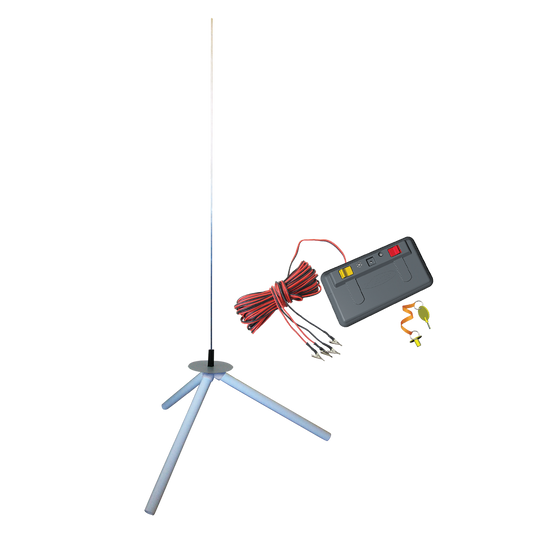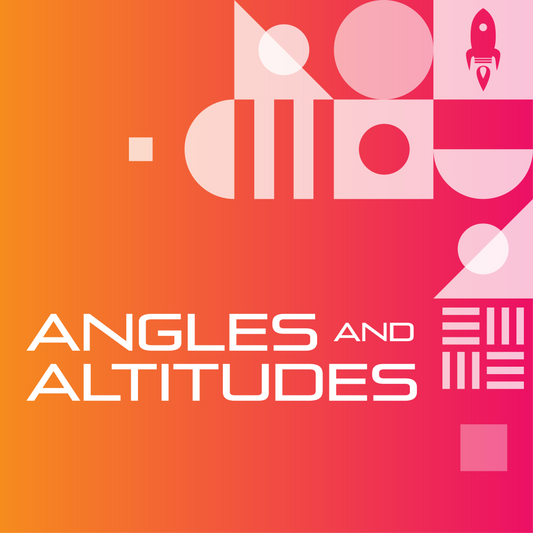Each Student Needs:
- Student Portfolio
- Safety Goggles
Each Classroom Needs:
- Green Eggs Rocket Bulk Pack
- C11-3 Engine Bulk Pack
- Lifetime Launch System
- Recovery Wadding
- Carpenter’s Wood Glue
- Hobby Knife
- Sandpaper
- Stopwatch
- Meter stick
- Scissors
- Ruler
- Toothpick
- Clear Tape
- String/dental floss
- Small toy
- Plastic grocery bags


















